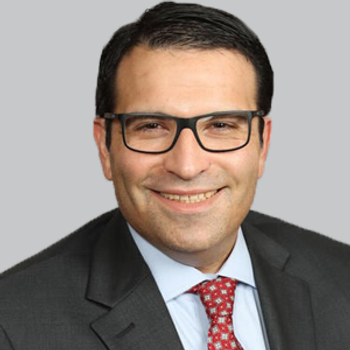
|Slideshows|December 14, 2017
New Neurosurgery Tech of Interest to Neurologists
Author(s)Veronica Hackethal, MD
A summary of cutting-edge technology, including the world’s smallest fully implantable spinal cord neurostimulator for the treatment of chronic pain.
Advertisement
Newsletter
Keep your finger on the pulse of neurology—subscribe to NeurologyLive for expert interviews, new data, and breakthrough treatment updates.
Advertisement
Latest CME
Advertisement
Advertisement
Trending on NeurologyLive - Clinical Neurology News and Neurology Expert Insights
1
CTAD Presentation Lays Insights Into Disappointing Phase 3 EVOKE Trial of GLP-1 Semaglutide in Alzheimer Disease
2
Merck’s Novel Antibody MK-2214 Receives FDA Fast-Track Designation Following Phase 1 Results
3
Analyzing Subgroup Data From the TRAILBLAZER-ALZ 2 Study of Donanemab: Brandy Matthews, MD
4
Newly Launched Phase POLARIS-AD Trial Tests Oral Therapy AR1001 for Early Alzheimer Disease
5


































